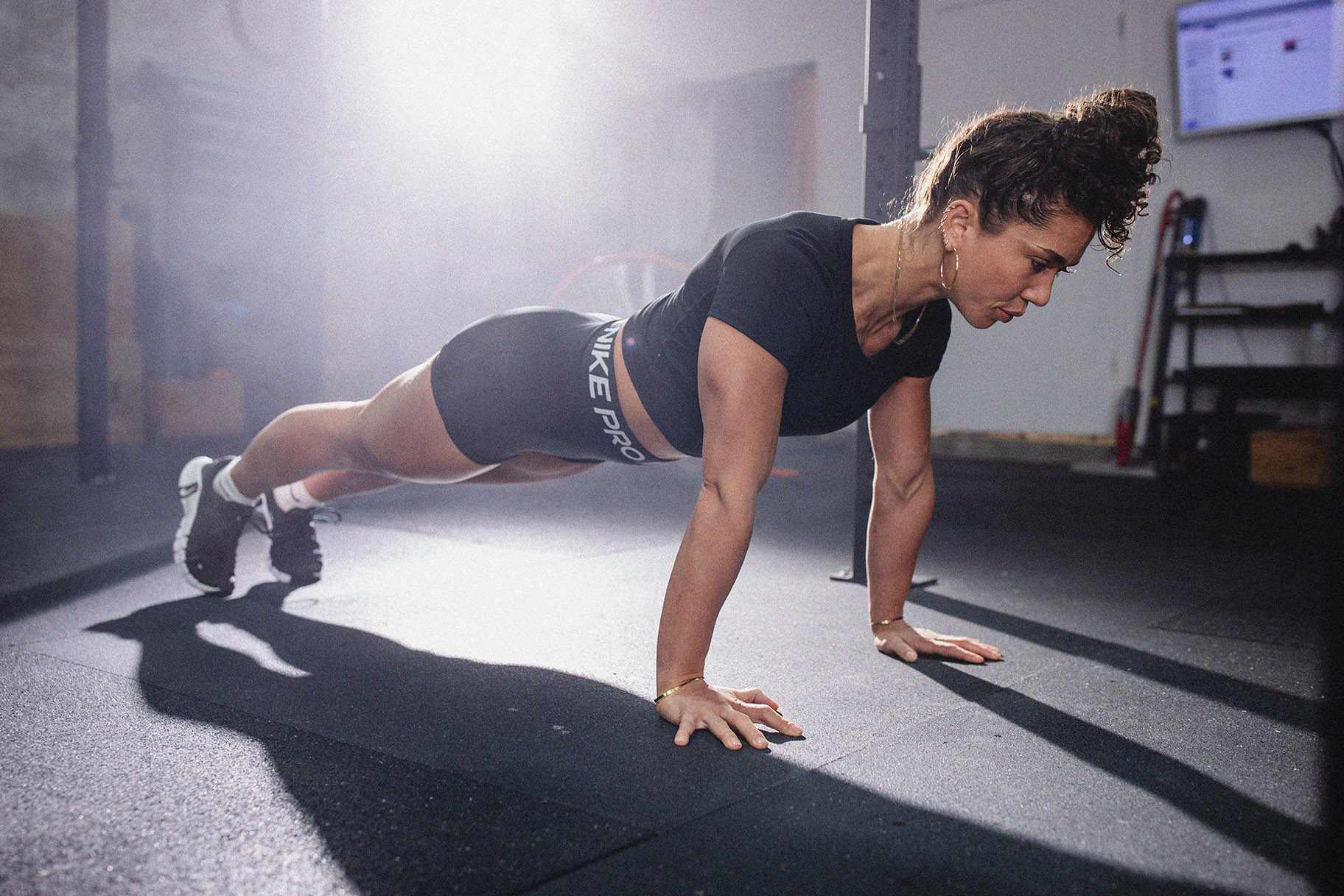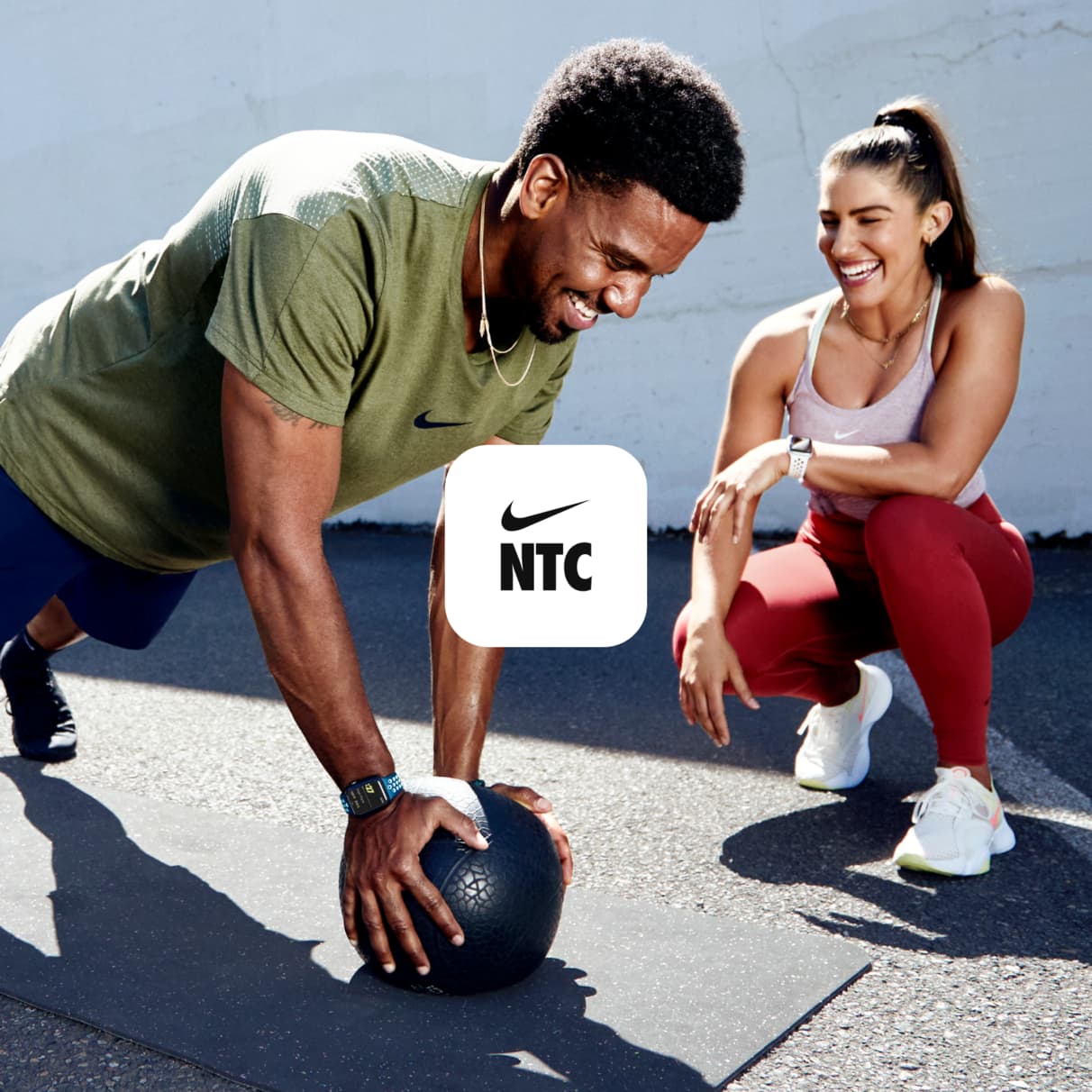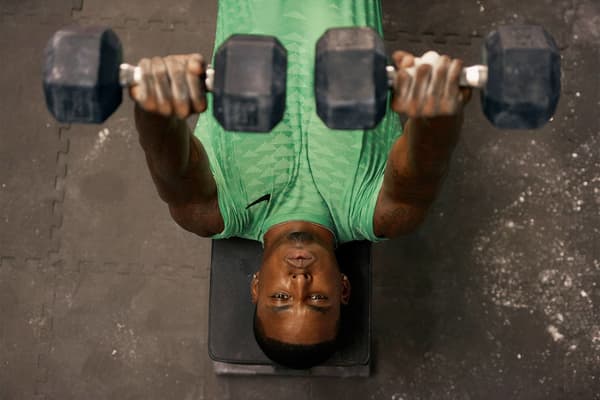Seven benefits of doing push-ups
Activity
The benefits go far beyond working your chest muscles.
The push-up is a highly efficient and effective exercise often incorporated into strength workouts, bootcamps and high-intensity circuit training—and for good reason.
Push-ups can strengthen so many areas of your body, says Aine Thomas, NASM-CPT and nutrition-certified trainer with The Edge Fitness Clubs. "They work your chest, shoulders, triceps, core and even your glutes, making them an efficient way to build strength and stability".
While push-ups are a great exercise, they're not something you should do every day, Thomas explains. "Daily push-ups might lead to overuse injuries if you're not recovering properly", she says. "Instead, aim for three to four times a week, as that allows time for your muscles to recover and grow".
Steve Stonehouse, NASM-CPT, USATF-certified run coach and director of training and experience for Body Fit Training, concurs: "Push-ups are not something I would recommend doing every day, and it's not because there's a problem with them—I just think the body needs a little bit of time to recover from certain stimulus".
Before diving into the many benefits of doing push-ups, it's important to lock down proper form first.
How to do a push-up
Good push-up form is all about alignment and control, Thomas says. Here's what she and Stonehouse recommend you do to master your form and reap the most benefits from the exercise.
Keep your hands slightly wider than shoulder-width apart, with your fingers pointing forwards, Thomas says. "Engage your core to maintain a straight line from your head to your heels—no sagging hips or lifted bottoms", she says. If your hips begin dipping down towards the floor, that could be a sign that your core muscles could benefit from some strengthening, Stonehouse suggests.
Now for the action: lower your body down until your chest almost touches the ground, Thomas says. Your elbows should be at about a 45-degree angle from your torso. "Push back up in a controlled motion without locking your elbows", she explains.
The best part about this exercise? It's modifiable. If you're not ready to do a traditional push-up, you can drop down to your knees, Stonehouse says. You can also perform a push-up by pushing off an elevated surface, such as a bench, Thomas says. The main goal is to make sure you maintain your form; the rest can come later. "Quality beats quantity every time", she adds.
On the flip side, if you're more advanced, you can easily make a push-up more challenging. For example, a diamond push-up is often considered more challenging because it targets the triceps more than the chest muscles.
Seven benefits of doing push-ups
Both experts share the top benefits you may receive from adding push-ups to your workout routine.
1. Improves upper-body strength
The push-up helps to build muscle and improve strength throughout the upper body. "Push-ups target the chest, shoulders and triceps while also recruiting stabilising muscles like the biceps and upper back", Thomas says. "This means stronger arms, improved posture and more power for everyday tasks like lifting, pushing and pulling".
2. Contributes to core stability and strength
"I think a lot of people see push-ups as this chest and arm exercise, which it is, but none of that happens without your core being engaged and strong", Stonehouse says.
Push-ups strengthen those muscles in your abdomen, providing a host of other health benefits to surrounding areas. "Your core keeps your body in a straight line during push-ups", Thomas says. "Over time, this leads to better balance, reduced lower back pain and increased overall stability for other movements, whether in the gym or in daily life".
3. May improve cardiovascular health
"When performed in higher reps or as a part of a circuit, push-ups challenge your heart rate, providing a sneaky way to work on endurance", Thomas says. "The dual benefit of strength and cardio efficiency makes push-ups a time-saving option for improving heart health". In fact, a 2019 study conducted by researchers from Harvard T.H. Chan School of Public Health found that the number of push-ups you can do is associated with your risk of cardiovascular disease. However, this particular study only looked at men.
But push-ups can improve anyone's heart health. In fact, research suggests that chest-press-based strength training—which includes bodyweight exercises like push-ups—may improve health outcomes in those with cardiovascular disease. Physical activity of any kind is generally helpful for those with cardiovascular conditions, but chest-press-based movements directly target the muscles around your heart, which may strengthen it over time.
4. Improves sports performance
Push-ups are commonly included in exercises to help with shoulder rehabilitation, improve proprioception (the awareness of your body's movement in space) and muscle co-contraction for dynamic joint stability. Research has shown that improved joint stability, especially through the core, is necessary for optimal athletic performance.
5. Works multiple muscles simultaneously
If you don't have a lot of time to spend in the gym, exercises like push-ups (along with lunges, squats and other compound moves) are highly beneficial and efficient because they work multiple large muscles at the same time.
6. May help support bone health
Resistance training—including both weight-bearing and bodyweight movements—is beneficial for maintaining and even increasing bone density, Stonehouse says. Research shows resistance training is especially beneficial for post-menopausal women who are at greater risk of bone loss due to depleted oestrogen levels.
7. Enhances functional fitness
Functional fitness is key for prepping your body for everyday movements and tasks, such as doing chores or lifting boxes off the floor. "The motion of a push-up mimics real-life actions like pushing yourself up from the ground or bracing during a fall", Thomas says. "Training this movement pattern can make you more prepared for life's surprises and help prevent injuries".
Push-Up Variations to Add Variety and Build Strength
Doing the same push-up exercise day after day can become monotonous. Consider some of these variations to start your programme and keep it on track.
Beginner-Friendly Variations
If you're not ready to do a full push-up, try one of these variations to build the strength necessary to do the traditional exercise.
Wall push-up: This is a vertical variation of a regular push-up. Start standing arm's distance away from a wall. Place the palms on the wall slightly wider than shoulder-width apart at chest level. Engage the muscles in your core and bend your elbows so your torso comes close to the wall. Reverse the movement and return to the starting position. If this seems too easy, move the feet back a few inches and try again. You can also do this variation on a counter-level surface to make it slightly harder.
Knee push-up: this variation allows you to do a horizontal push-up with less resistance because you don't have to carry the weight of your body below your knees. Start on your knees and walk your palms forward on the mat, placing them slightly wider than shoulder-distance apart. Keeping everything from your knees to the crown of your head in one straight line, lower your chest to the floor and push back up.
Intermediate-Level Variations
Once you have good form with a traditional push-up, try challenging yourself with these intermediate-level variations.
Normal push-up: this variation requires minimal equipment and can be performed on most flat surfaces. To do a regular push-up, you'll want to get in a plank position with the palms of your hands lying flat on the ground, placing them slightly more than shoulder-width apart. Your feet should be parallel and hip-width apart from each other. Refrain from curling your back as you engage your core, squeeze your glutes and bend your elbows to lower your chest, hips and head towards the ground. Push the ground away from you as you come back up.
Decline push-up: this variation adds more resistance to emphasise a shoulder and chest workout. To complete a decline push-up, place your feet on a surface that elevates them higher than hip level. For instance, many people use a weight bench and place their hands on the floor. Complete your reps maintaining this decline position and keeping the torso steady.
BOSU push-up: This variation requires the use of a BOSU balance ball, but you can also use any unstable surface (such as a wobble board) that is wide enough to allow for proper push-up hand position—which is slightly wider than shoulder-width apart. You'll keep your hands on the unsteady surface as you lift and lower the body. The instability increases the challenge and effort required by your core and shoulders.
Advanced Variations
You can add weight or intensity to your push-up with these advanced moves.
Plyo push-up: You'll add a push off the floor and a clap in the middle of this variation. Start in a traditional push-up position and lower your chest towards the floor. Once you reach the lowest position, push up forcefully so your hands come off the floor. Clap once. Catch yourself by placing your palms back on the floor, then lower your body to repeat.
Dumbbell push-up to row: You'll need two dumbbells for this variation. Start in a traditional push-up position, but put each hand on a dumbbell placed horizontally on the floor under your chest. Complete one push-up and then do a dumbbell row with the right hand. Complete another rep and do a dumbbell row on the left. This variation engages the back muscles (latissimus dorsi) to increase the number of muscles used.



























